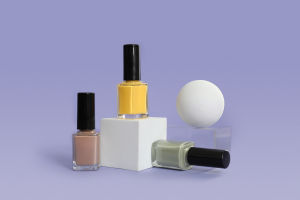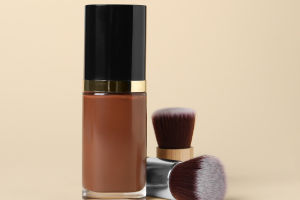Lipstick, a classic cosmetic, is not only a must-have in many women's makeup bags but also a symbol of fashion and personality.
The history of lipstick can be traced back thousands of years ago when the ancient Egyptians began to use plant extracts and minerals to dye their lips in pursuit of bright colors.
The development of modern lipstick is an evolving process. With the advancement of technology and culture, its formula, color, and packaging have undergone earth-shaking changes.
The charm of lipstick lies in its ability to instantly enhance a person's complexion and confidence. Different colors and textures can express different emotions and personalities. Whether it is classic red, soft pink, or bold purple, each hue can convey a unique style and attitude.
Red lipstick is often regarded as a representative of confidence. Many women choose to apply red lips on important occasions as if they can inject invisible power into themselves. In contrast, pink lipstick appears gentle and pleasant, suitable for daily makeup, and conveys sweetness and affinity.
In addition to color, there are many choices for the texture of lipstick, from matte, gloss to velvet, and even lip balm-style lipstick to meet the needs of different women. Matte lipsticks are popular for their durability and elegant appearance.
Although they can sometimes make lips feel dry, they can still create stunning effects with proper lip care. Glossy lipsticks provide more moisturizing effects and are suitable for women who want their lips to look fuller and smoother.
Lipstick formulas have also been continuously improved with the advancement of technology. Modern lipsticks usually add moisturizing ingredients such as vitamin E, plant oils, and waxes, which not only make the lip color more durable but also provide a certain degree of protection for the lips.
Many brands have also begun to launch lipsticks with no additives and natural ingredients to meet consumers' concerns about health and environmental protection. These changes not only reflect changes in market demand but also show the importance of the cosmetics industry to consumer well-being.
Globally, lipstick has become a cultural phenomenon. Women in different countries have different preferences and ways of using lipstick in different historical stages and cultural backgrounds.
In some places, lipstick is seen as a symbol of female independence and confidence; in other places, it may be considered a manifestation of tradition and elegance.
In addition, the rise of social media has made lipstick an important tool for showing personality and style. Many bloggers and influencers have attracted a lot of attention and followers by showing different lipstick colors and makeup.
Of course, the popularity of lipstick is not limited to women. More and more men are also trying to apply lipstick to express their personality and fashion attitude. This trend breaks the boundaries of traditional genders and shows that modern society has an increasingly diversified understanding of beauty.
Lipstick is not just a cosmetic, it carries history, culture, and personal emotions. Every time you apply lipstick, it is a dialogue and expression between women and themselves.
In this ever-changing era, lipstick still attracts more and more people with its unique charm. Whether as part of daily makeup or as a dress for special occasions, it is constantly shaping our image and confidence.


